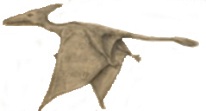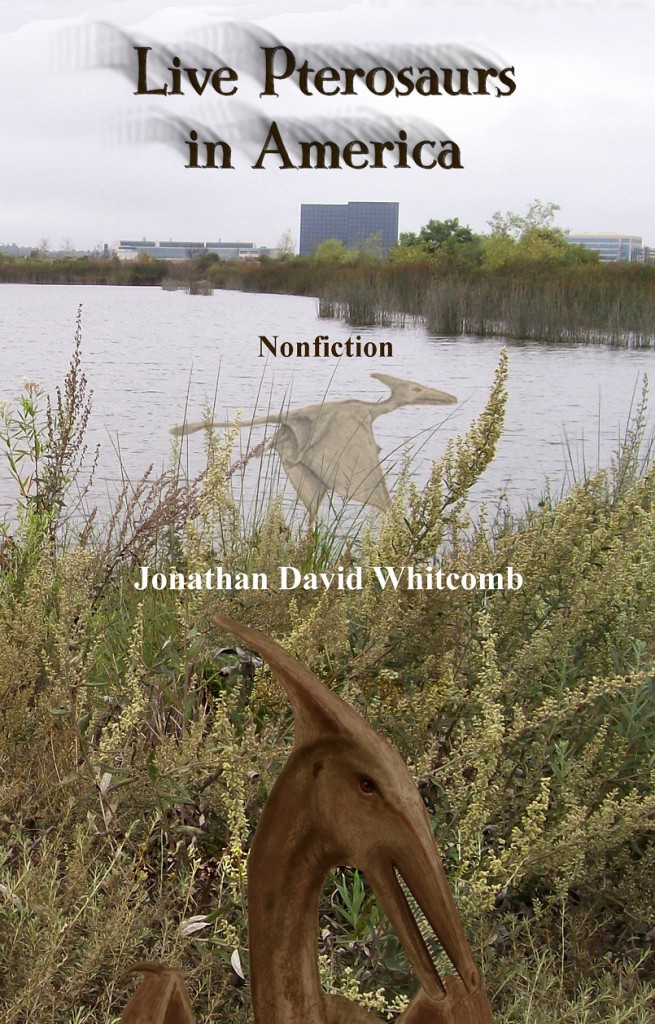The dominance of long tails and head crests has caused skeptics to insinuate that hoaxers are creating a hodge-podge of pterosaur characteristics, taking attributes from different types of pterosaurs and constructing a hoax thereby. Those skeptics, however, fail to carefully examine the hoax hypothesis, for there are numerous problems with the idea that hoaxes played a significant role in the overall eyewitness testimonies.
At least one species of Rhamphorhynchoid (long-tailed pterosaur) known from fossils, the Scaphognathus crassirostris, did have a head crest. The presence of a head crest on a ropen (or modern long-tailed pterosaur) is hardly a sign of a hoax; how many potential hoaxers would know about that fossil? (And how many natives on remote tropical islands would know about any fossils?) Westerners who might consider a pterosaur hoax would most likely use what is well-known in Western culture: stubby-tailed pterosaurs, like those depicted often in movie and television sci-fi. Potential native hoaxers would talk about flying humans that transform themselves into snakes; honest native eyewitnesses talk about a long-tailed feather-less creature, and only some native eyewitnesses have had a good-enough viewing angle to allow them to see the head crest (Gideon Koro, of Umboi Island, was honest enough to admit that he did not have a good view of the head of the giant ropen that flew over Lake Pung around 1994).
The consistency, in eyewitness descriptions from around the world, of the combination of a long tail and a head crest (in a feather-less flying creature) is evidence for a living creature, not a hoax. And why should a modern pterosaur be very much like most pterosaur fossils? Ridicule from skeptics comes from our adopting the obvious interpretation of those eyewitness descriptions: a modern living pterosaur. “Unlike pterosaur fossils” is not just inaccurate: It is irrelevant.
 Apparent Rhamphorhynchoid pterosaurs were observed in Cuba, in the mid-20th century
Apparent Rhamphorhynchoid pterosaurs were observed in Cuba, in the mid-20th century





 Apparent Rhamphorhynchoid pterosaurs were observed in Cuba, in the mid-20th century
Apparent Rhamphorhynchoid pterosaurs were observed in Cuba, in the mid-20th century